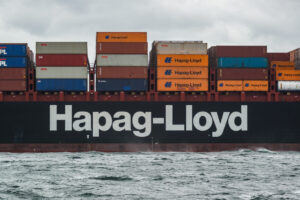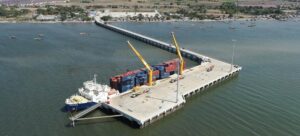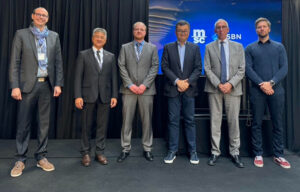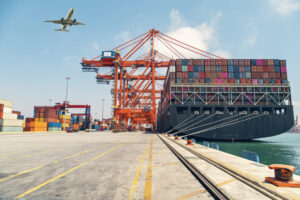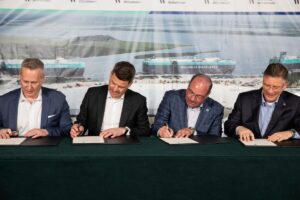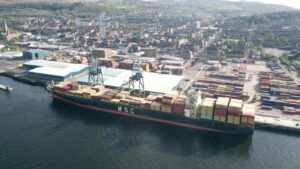The medium-term projection for global container port demand is looking highly positive, according to Drewry’s Global Container Terminal Operators Annual Review and Forecast 2018.
Strong economic momentum amongst the world’s major economies has been listed as the core reason for an auspicious outlook.
Drewry have made the prediction despite the uncertain consequences of an escalating trade war between the US and China that could have global ramifications.
The latest five-year report is based upon current annual average global growth of just under 6%, and in the last half-decade worldwide container throughput has also increased by approximately 240 million TEU.
Neil Davidson, of Drewry, discusses retrofit terminal automation in a recent Port Technology technical paper
On the other hand, container port capacity is not expected to expand very quickly due to a lack of investment, especially in greenfield projects.
The result of subdued capacity growth will be a marked rise in average utilisation levels, which are expected to increase dramatically across almost all global regions by 2022.
Utilisation levels are predicted to spike most sharply in Greater China, North Asia, Southeast Asia and West Coast America.
Inforgraphic courtesy of Drewry
Neil Davidson, Drewry’s senior analyst for ports and terminals, commented on the report’s findings: “Assuming our demand projections are well founded, and the threat of trade wars dissipates, we expect many terminal operators and investors to review and potentially increase their activity levels in terms of new capacity additions.
“Crucially however, all capacity is not the same. Indeed for certain port markets, individual ports and specific terminals, the need for additional capacity may be even greater.
“Rapid growth in ship sizes has increased the segmentation of terminal capacity, such that today, all ‘deep-sea’ capacity simply cannot handle all ‘deep-sea’ vessels.
“It is often the case that berths with the infrastructure to handle the largest ships are the most highly utilised and in short supply, while older deep-water berths are under-utilised.”
Read more:




